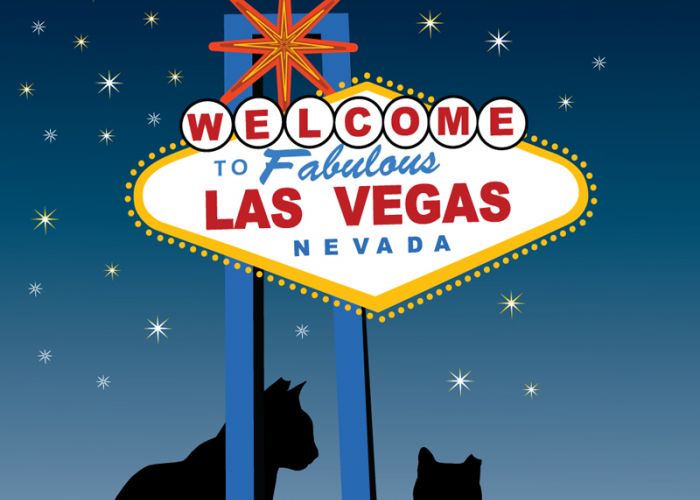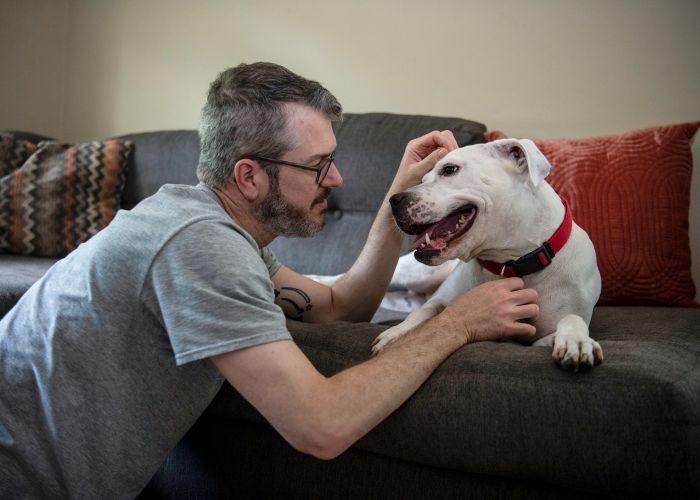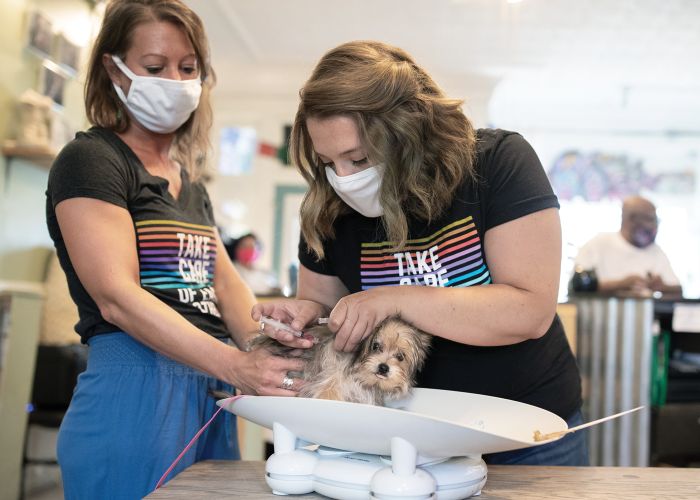Love in the time of Pokémon
Indiana shelter capitalizes on a cultural craze

Anyone visiting the Muncie Animal Shelter last summer was likely to hear an unprecedented sound: near-total silence in the kennel area.
The roughly 70 dogs housed at the Indiana municipal facility at the time were either out on the town, prowling for Bulbasaurs, Charmanders, Squirtles and Pikachus, or they were fast asleep, exhausted after a day of tracking Pokémon.
It all started with the mid-July release of Pokémon Go, a game where players use their mobile devices to locate popular cartoon characters, known as Pokémon, who appear on-screen in simulated versions of the players’ real-life locations. Shelter director Phil Peckinpaugh was driving to work one morning when he noticed “droves and droves of people walking and playing the game.” It sparked an idea.
An hour later, he impulsively posted a simple graphic on Facebook, inviting people to walk a shelter dog while they played the game. In the best-case scenario, he thought, they might get as many as seven or eight people to accept that offer.
Instead, nearly 80 people showed up the next day, all eager to walk a “Pokémon dog.” Peckinpaugh was stunned. The Facebook post had gone viral. He called an impromptu staff meeting. Then he rushed to PetSmart and “bought just about every leash they had.”
During the following weeks, the number of visitors kept climbing. Shelter staff worked through lunch breaks and stayed late to accommodate the Pokémon dog walkers. Yet “morale was at an all-time high,” says Melissa Blair, the shelter’s assistant director.
News outlets from around the world praised the innovative program, and other shelters wanted advice on how to launch similar promotions. “It was just crazy,” remembers Blair. “Shelters were calling and asking us these questions, and here we were just winging it ourselves.”
Despite the lack of preplanning, Peckinpaugh and his team quickly worked out the logistics. They drafted a simple form for participants to sign and a list of do’s and don’ts, and they called on longtime volunteers to help match people with appropriate dogs. They set up watering and shade stations around the property, and Peckinpaugh gave every participant his cell phone number. “We wanted to make sure everyone got the wonderful Pokémon experience they came for,” Blair says.
In the end, the only problem they encountered was that the demand for dogs sometimes exceeded the supply. “Toward the end of the day, we had to start turning people away,” Peckinpaugh says. “The dogs just wanted to lie down and go to sleep.”
While the number of Pokémon Go visitors has since subsided to a trickle, several former participants are now regular shelter volunteers. Donations have increased. Best of all, at the height of the frenzy, 23 dogs found “wonderful homes” directly as a result of the promotion, says Blair.
“I’ve done other things where I’ve had really big expectations, and it hasn’t gone anywhere,” Peckinpaugh says. “But for this, I had little to no expectations at all. I just never thought this would be our crowning moment. It was a really great experience.”







